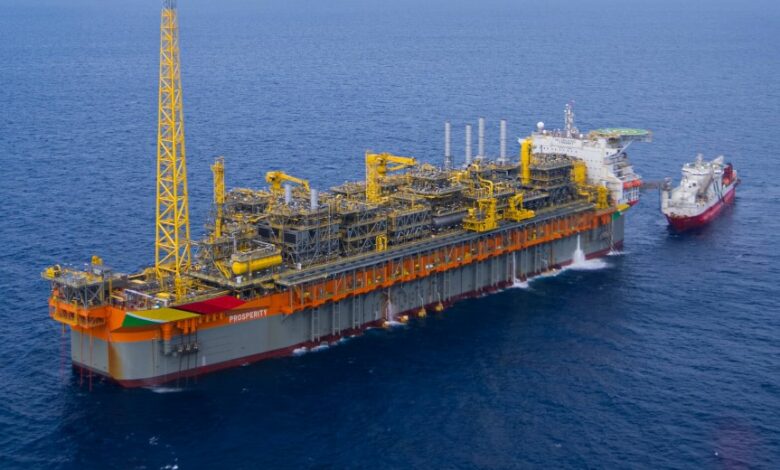Energy News Beat

US president Donald Trump’s new round of tariffs against his country’s top three trading partners has sparked retaliatory action, launching new trade conflicts.
On Tuesday, Trump imposed 25% tariffs on Mexican and Canadian imports, as well as a 20% duty on Chinese goods.
China responded in kind, imposing extra 10%-15% tariffs on some US imports beginning in March, as well as a series of new export restrictions for certain US firms.
Canada, which has had an almost tariff-free trade relationship with the US for about three decades, was ready to strike quickly against its long-time partner, while Mexico with similar trade ties with the US is expected to announce its response later today.
Canadian prime minister Justin Trudeau said Ottawa would respond with 25% tariffs on about $21bn worth of US imports and another $86bn if Trump’s tariffs were still in place in 21 days.
“Tariffs will disrupt an incredibly successful trading relationship,” Trudeau said, adding that they would violate the US-Mexico-Canada free trade agreement signed by Trump during his first term.
Two of the biggest commodities coming out of Canada that are likely to be impacted by US tariffs are fuel and lumber. Canada is America’s largest foreign supplier of crude.
The additional 10% duty on Chinese imports adds to the 10% tariff imposed by Trump in February. The cumulative 20% levy is in addition to tariffs of up to 25% imposed by Trump during his first term on about $370bn in US imports.
As part of its retaliatory action against the US, China’s new tariffs target a wide range of US agricultural products, including certain meats, grains, cotton, fruit, vegetables, and dairy products. Trump’s first-term trade wars hit US farmers hard, costing them about $27bn in lost export sales.
China’s commerce ministry said the US tariffs violated World Trade Organization rules and “undermine the basis for economic and trade cooperation between China and the US”
Trump has maintained a blazing pace of tariff acts since taking office in January, including fully reinstated 25% duties on steel and aluminium imports, which go into force in March.
“We argue that higher costs from fresh tariffs could hurt consumer demand, albeit this may lead to some front-loading in the near term until clarity emerges, followed by inventory drawdowns during 2H 2025. This would likely further pressure shipping rates,” analysts at HSBC Global Research said.
“These new tariffs are compounding rapidly. Amid other hints at hitting hard on the EU and other allies as well, each HTS code of tariffs snowballs into a growing – and potentially crushing – burden on American businesses and hardworking American families,” remarked Steve Lamar, American Apparel & Footwear Association president and CEO.
Tariffs have been a feature of Trump’s first administration as well as by his successor, Joe Biden and yet data from Linerlytica shows loaded container imports into the US outpaced exports by 2.4 times in 2024, a statistic that analysts at Linerlytica said in a weekly report provides “clear evidence that import tariffs imposed since 2018 have been completely ineffective” in reducing the US trade imbalance.
Total laden imports grew by 24% between 2017 and 2024, the Linerlytica data shows, while laden exports shrunk by 8% over the same period, driving a 54% increase in the number of empty containers repositioned out of the US.
The post Trump’s trade war steps up a gear appeared first on Energy News Beat.





















